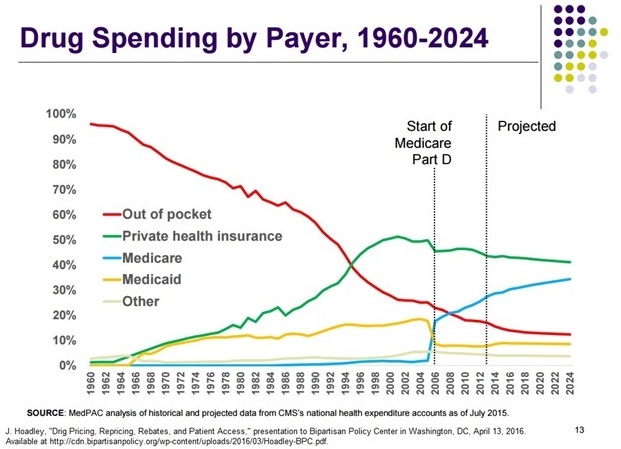Efforts to Boost Generic Competition are Bearing Fruit
The U.S. Food and Drug Administration (FDA) has a backlog of nearly 4,000 generic drug applications – each of which currently requires more than two years to approve. Over the past few years the FDA typically approved between 400 and 500 generic drugs a year. Under pressure from Congress, the agency hired 1,000 new employees and managed to approve (or tentatively approve) 99 drugs in December alone. That is more than in any other single month. The FDA has taken a lot of heat for the backlog. But the reality is actually more positive than many people realize. The primary reason for the backlog is competition; generic drug makers have filed an average of more than 1,000 abbreviated new drug applications (ANDAs) a year for the past four years. That is about one-third more than what the FDA expected. That is good news: Research finds that the average price of a generic drug relative to its brand prior to generic competition is inversely correlated to the number of competing firms producing a generic version. Basically, the more the merrier!





